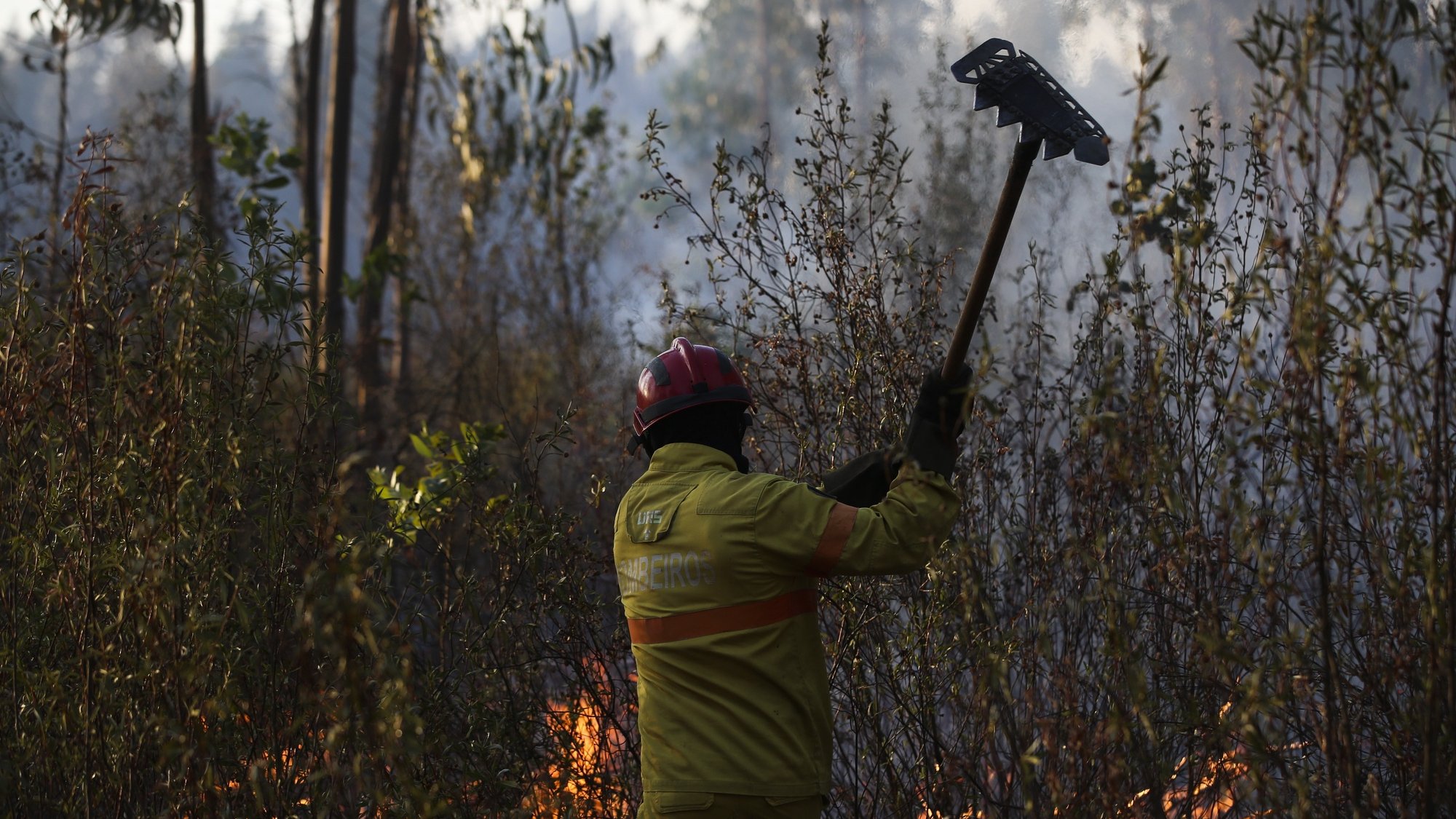Seven municipalities in the districts of Faro, Portalegre, Santarém and Castelo Branco present maximum risk of fire this Friday, according to the Portuguese Institute of the Sea and the Atmosphere (IPMA).
At greatest risk are the municipalities of Loulé, São Brás de Alportel, Tavira (Faro), Gavião (Portalegre), Mação (Santarém), Vila Velha de Ródão and Proença-a-Nova (Castelo Branco).
The IPMA more than 40 municipalities were also placed Faro, Beja, Santarém, Portalegre, Castelo Branco, Guarda, Vila Real, Viseu and Bragança at very high risk.
Fire risk will remain high in some regions of the continent through at least Tuesday due to the forecast for hot weather.
This risk, determined by the IPMA, has five levels, ranging from low to maximum.
The calculations are obtained from the air temperature, relative humidity, wind speed and the amount of precipitation in the last 24 hours.
The IPMA forecasts until Sunday of heat in mainland Portugal, increasing the danger of firewith higher values in the interior North and Center and in the Algarve.
Due to the high risk of fire, the National Emergency and Civil Protection Authority (ANEPC) decided this Thursday to raise the special alert status to yellow level in 10 districts.
“Due to the adverse weather conditions forecast by the Instituto Português do Mar e da Atmosfera, the ANEPC decided from 00:00 on Friday and until 23:59 on Saturday to raise the special alert status to yellow level” in the districts of Bragança. Guarda, Viseu, Vila Real, Castelo Branco, Portalegre, Évora, Santarém, Beja and Faro, Sérgio Trindade told reporters.
in one instructions to the media to present a fire risk forecast for the coming days, Sérgio Trindade said that Civil Protection decided to increase the state of alert, taking into account that there are conditions of very low relative humidity, moderate to strong wind and storms dry. expected., which can “give rise to extraordinary occurrences and ignitions and also create, at the same time, difficulties in firefighting actions and operations”.
The commander explained that the risk of fire is high and there are some municipalities in the interior regions of the Center and North, Alto Alentejo and Algarve where “the risk of fire is maximum”.
The ANEPC has five states of alert to determine the prevention of civil protection agents and the degree of availability of the fire extinguishing device, Green, normal, and four special: Blue, with a moderate degree of risk, Yellow , moderate severity, Orange, high risk, and Red, extreme risk.
Sérgio Trindade also mentioned that, since Sunday, the Special Device for Combating Rural Fires (DECIR) entered a new phase, the “level II” of media commitment, with around 9,600 operational personnel and 37 air assets on the ground.
The ANEPC’s national operations assistant also called on the population to avoid risk behaviors in forest areas, such as burning and burning and the use of machinery.
Due to the heat, the General Directorate of Health (DGS) recommended this Thursday special attention to those most vulnerable to heat, such as children, the elderly, the chronically ill and pregnant women, given the forecast of a gradual increase in temperature. during the next few days. .
In a message posted on his placeThe DGS recommends that chronic patients or patients subject to medication and/or specific diets follow the recommendations of the attending physician or the SNS24 line and advises contact and monitoring of the elderly and other people living in isolation, ensuring hydration and staying in a cool environment.
The DGS also advises special care, such as avoiding physical exertion outdoors and direct exposure to the sun, especially between 11:00 and 17:00, in addition to the use of sunscreen with a factor equal to or greater than 30 each two. hours and after bathing in the beach and pool.
Source: Observadora
